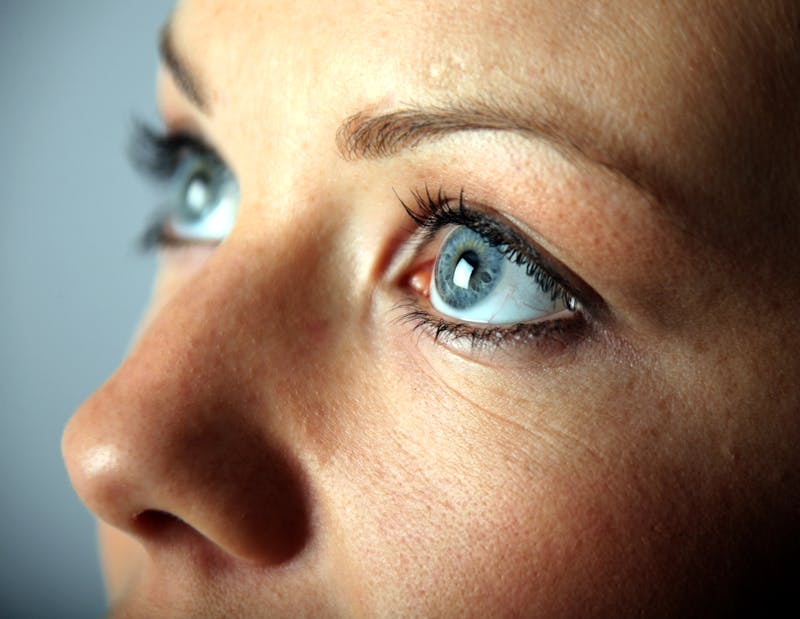

Choosing to undergo rhinoplasty is often a decision made after much careful thought. But what happens when the results of your initial surgery don’t align with your expectations? Revision rhinoplasty offers a renewed opportunity to feel confident in your appearance. At Albert Plastic Surgery in NYC, we’re here to guide you every step of the way. In this blog, we’ll cover the basics of revision rhinoplasty and how we can help you achieve your original aesthetic goals.
What is Revision Rhinoplasty?
Revision (or secondary or corrective rhinoplasty) addresses issues from a previous nose surgery. Examples include:
- Asymmetry or deformities
- Over- or under-resection of nasal tissue
- Tip irregularities or drooping
- Collapsed nasal valves or breathing issues
- Excessive scarring or structural instability
- Undesired shape, size, or projection
How Does the Revision Rhinoplasty Surgical Procedure Differ from Primary Rhinoplasty?
1. Surgical Complexity
In revision rhinoplasty, Dr. Mark Albert must navigate the results of a previous surgery, which often means:
- Working through scar tissue that can obscure anatomical landmarks
- Addressing altered nasal structure or weakened cartilage support
- Dealing with previously removed or repositioned tissue that may limit available options
This often requires advanced techniques, reconstructive skill, and a highly personalized approach that goes beyond what’s typical in a first-time rhinoplasty.
2. Structural Reinforcement
Unlike primary rhinoplasty, which often involves reshaping native cartilage, revision rhinoplasty may require structural grafting. Dr. Albert frequently utilizes rib cartilage to rebuild and reinforce the nasal framework, especially if the original support has been compromised or over-resected.
3. Surgical Technique
Dr. Albert performs 100% of rhinoplasties using a closed (scarless) approach, including complex revision cases—a rare level of expertise. This allows for:
- No visible external incisions
- Less swelling and bruising
- A smoother, quicker recovery
Most surgeons perform open revision rhinoplasty due to the complexity, but Dr. Albert’s mastery of the closed technique means you can enjoy refined results without added recovery time.
4. Individualized Planning
In primary rhinoplasty, the anatomy is "untouched." In revision cases, every patient’s nose has a surgical history, which means the strategy must be entirely customized. During your consultation, Dr. Albert comprehensively evaluates your nasal structure, skin thickness, functional concerns, and prior surgical outcomes to design a specific plan tailored precisely to you.
Timing Your Procedure
Most patients are advised to wait at least 12 months after their initial rhinoplasty before considering revision. This allows the nose to fully heal and settle, making assessing what can and should be adjusted easier.
Revision Rhinoplasty Recovery
Revision rhinoplasty recovery is often different—and sometimes more nuanced—than recovery after a primary rhinoplasty.
For example, working through scar tissue and making structural corrections can lead to:
- A slightly longer healing timeline
- More subtle or delayed swelling resolution
- A potentially slower reveal of final results
While most patients can return to work within 10 days, it may take 3–6 months (or longer) to see your final result, depending on the complexity of the revision.
Additionally, secondary surgeries can sometimes trigger more prolonged swelling, especially in areas with:
- Thicker skin
- Repeated manipulation
- Cartilage grafts (such as rib cartilage, if used)
Unlike primary rhinoplasty, where swelling begins to settle after a few weeks, revised nasal structures often take longer to stabilize. This means subtle changes may continue for 6–12 months, and final refinements (especially at the nasal tip) appear gradually.
Is Revision Rhinoplasty Right For You? We’re Here to Help You Decide.
Revision rhinoplasty is a chance to reclaim your confidence, restore facial harmony, and finally experience the results you’ve been hoping for. If you're ready to take the next step, we invite you to schedule your personalized consultation with Dr. Mark Albert today.
As a board-certified plastic surgeon and Director of the prestigious Aesthetic Surgery Fellowship at Manhattan Eye, Ear & Throat Hospital, Dr. Albert is uniquely qualified to help you achieve your aesthetic goals. With a specialized focus on complex revision cases, Dr. Albert has performed thousands of rhinoplasty procedures with elite surgical skill and an artist’s eye for natural beauty. Our AAAASF-accredited facility in Manhattan ensures the highest standards of safety and care, while our warm, dedicated team provides a supportive environment throughout your aesthetic journey.

